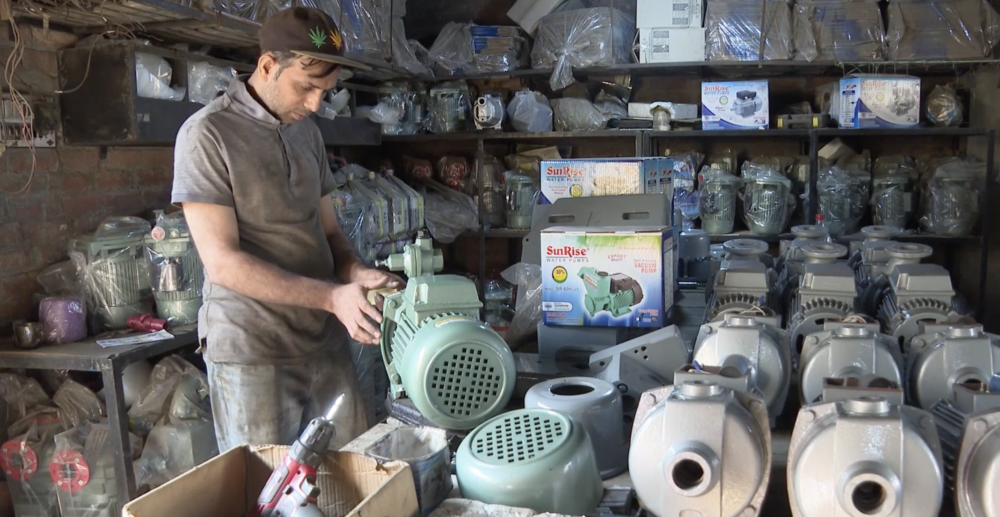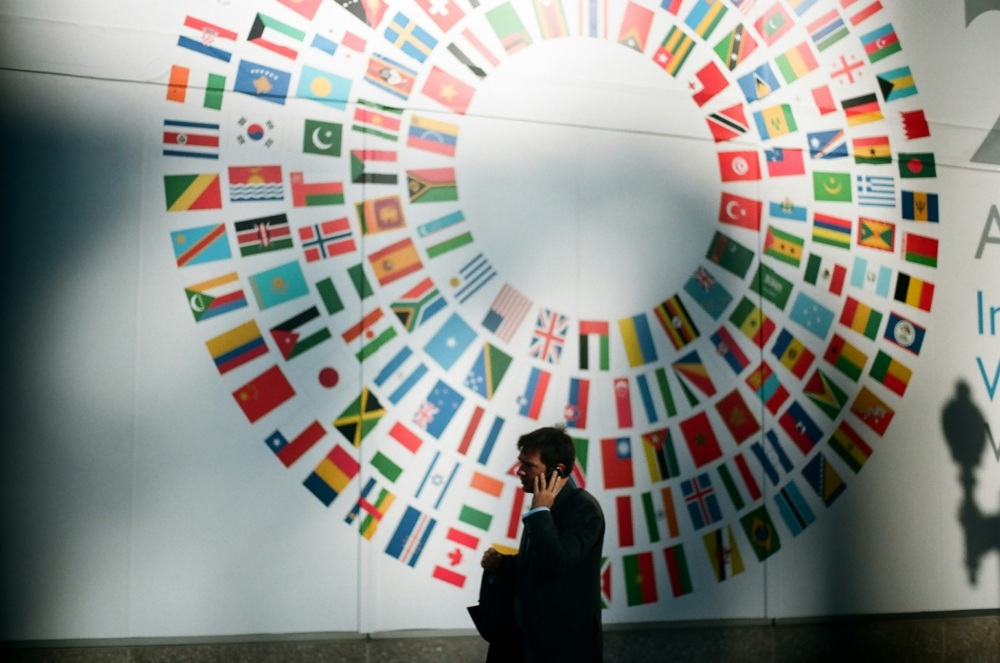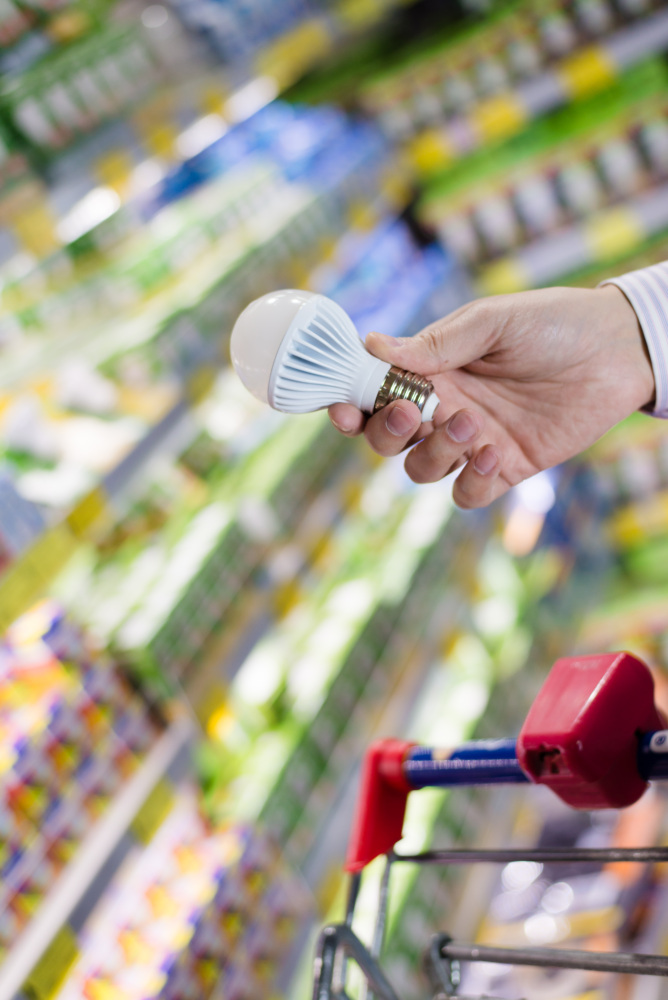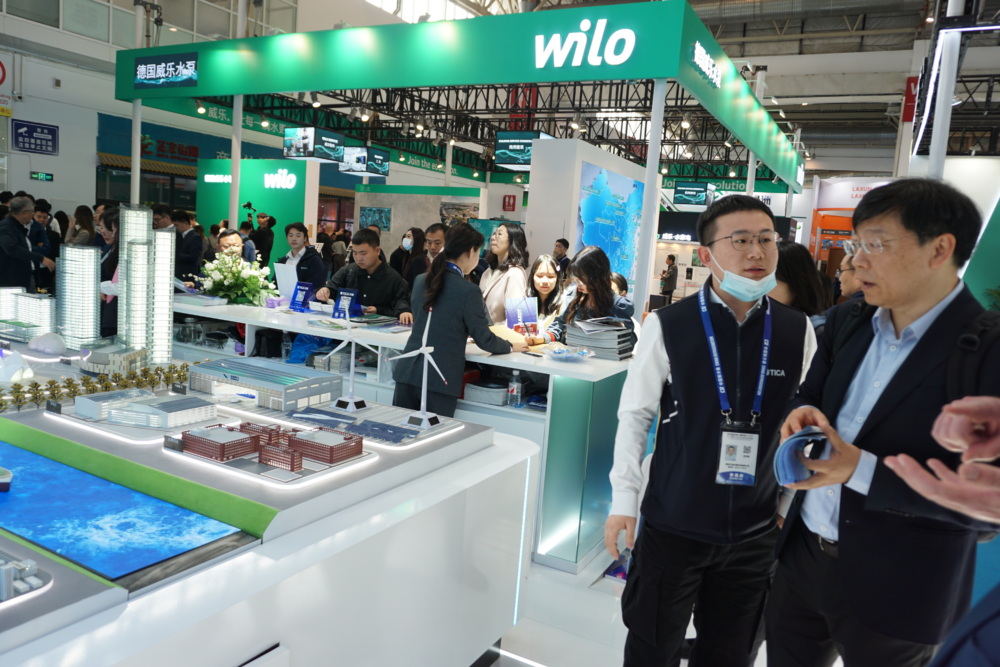Lighting The Path to Net Zero: Boosting China’s LED Efficiency
CLASP is partnering with the China National Institute for Standardization to accelerate the country’s transition to more energy-efficient LEDs.
In China, the world’s leading lighting producer, domestic lighting market is dominated by LED technologies which offer 50-80% energy savings compared to incandescent and fluorescent alternatives. CLASP is supporting the China National Institute for Standardization (CNIS) continue to raise the ambition for LED efficiency, drawing on international best practices and exploring opportunities to harmonize global or regional policies.
Lighting Efficiency as a Tool to Meet Net Zero Targets
Despite increasing lighting efficiency, the simultaneous increase in lighting demand and consumption is driving up overall energy consumption. In 2022, residential, commercial and industrial lighting in China together reached 990 TWh, accounting for 13% of overall national electricity consumption. To meet their Net Zero 2060 target, the Chinese government must continue innovating and pushing for improved lighting efficiency.
CLASP has been supporting China’s transition to clean lighting since 2020. We are very proud to continue moving forward in this collaboration. We believe this cooperation with CNIS will propose a path for China, and possibly for other countries, to improve LED lighting MEPS to the world-leading level.
– Steven Zeng, CLASP China Program Director.
According to Mepsy, CLASP’s climate impact calculator, by adopting new minimum energy performance standards (MEPS), China could reduce carbon emissions by 2,286 million tons by 2050. This is nearly equivalent to the emissions reductions anticipated from China’s New Energy Vehicle Industrial Development Plan. Revised MEPS align with China’s goal to phase-out mercury-containing fluorescent lighting by 2025, reducing mercury pollution by 3,466kg and saving 20.1 billion CNY/3 billion USD in energy costs.
Collaborating for a Brighter Future
CLASP and CNIS will collaborate to improve current LED MEPS.[1] The first focus will be on increasing efficiency levels for indoor LEDs to become the world leading MEPS. China plays a vital role in the global value chain as the world’s largest producer, consumer and exporter of LED lighting products. The country’s efforts to improve efficiency policies for LEDs will have a significant impact the global lighting supply chain – and therefore global energy consumption and carbon emissions. We will support CNIS to collaborate with regional and international partners to potentially synchronize global or regional policies.
“China recognized that MEPS are one of the key drivers for improving efficiency. We are glad to work with CLASP to advance our study on the roadmap of improving China’s MEPS for LED lighting products.”
– Xiuying Liang, Researcher of Lighting Products and Program Coordinator, CNIS.
[1] The new collaboration will target MEPS for Indoor LED Lighting (GB 30255-2019), MEPS for LED Road and Tunnel Lighting (GB 37478-2019) and MEPS for LED Flat Panel Luminaries (GB 38450-2019).









